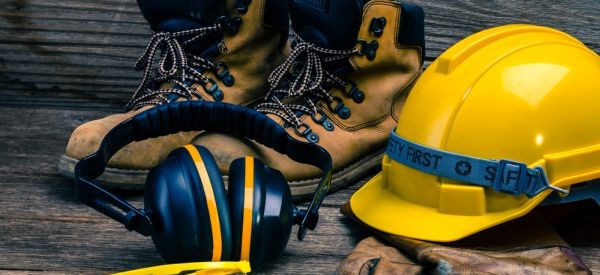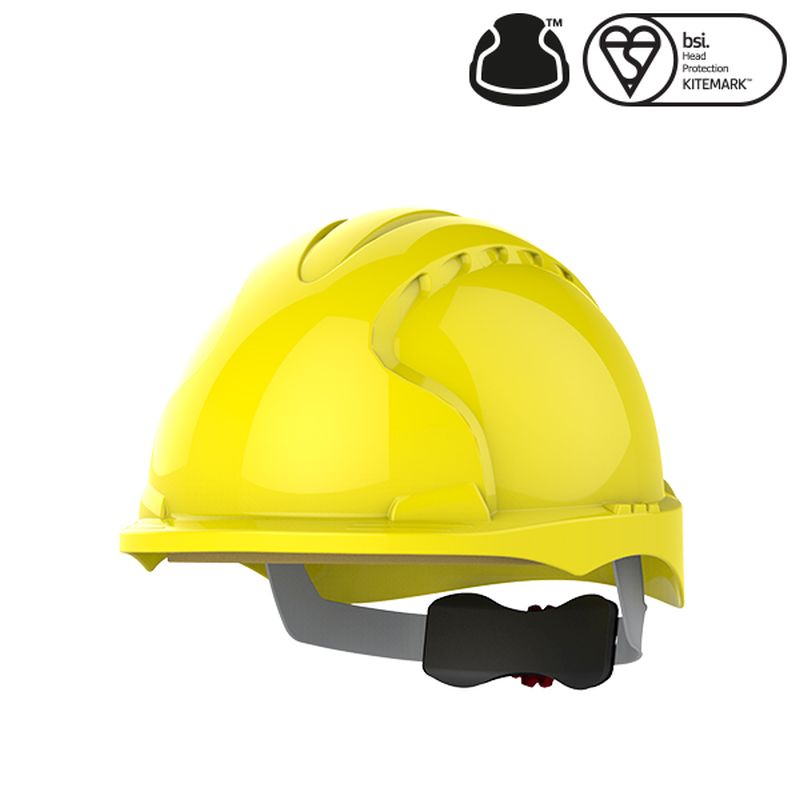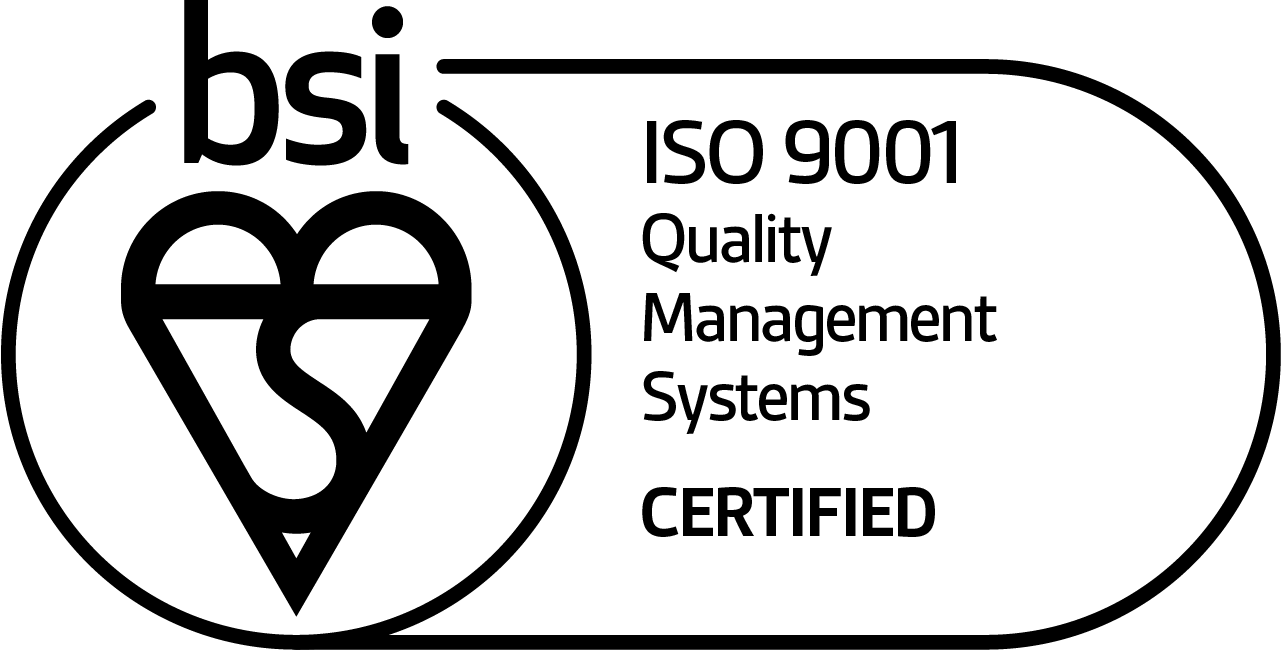| Bump Cap or Hard Hat: Our Guide To Choosing Protective Headwear24 April 2020 According to recent statistics, the construction industry came third place behind the waste and recycling industry as one of the most dangerous industries in the UK. Agriculture ranked number one with 9.21 deaths per 100,000 workers. Falls from a height, being struck by a moving vehicle and being struck by a moving/falling object continue as the three main causes of fatal injury, between them accounting for over half of all fatal injuries each year since at least 2001/02.
These grim statistics underline the importance of head wear protection. Whilst a large amount of blood-loss may induce shock and consequent death, damage to the brain from a moving vehicle or falling object is more likely to kill than anything else. Our Commitment To Your SafetyThankfully, head protection has improved tenfold since the 1950s, and the standards to which we uphold our PPE, all the more. However, this does not mean our individual choices or company-wide decisions are omitted, or any less important. Choosing the right type of protection for your head is essential, and in complicating matters, there's a lot to choose from. Here at Workwear.co.uk, our normal working day involves working with the most trusted manufacturers in PPE in order to sell and distribute their equipment. Our research and familiarity with PPE gives us some expertise in these matters, and we would like to share our advice in this blog. Protective Headwear – Hard Hats and Bump CapsThe most common types of protection against head injury are hard hats and bump caps. Hard hats are very different types of PPE from bump caps, and they both perform entirely different safety functions – so it's important to know the differences between them so you can choose what's right for your work place. What Are Bump Caps and How Are They Useful?Bump caps are lightweight and protective pieces of PPE designed to protect the wearer from minor head bumps and lacerations. They are inexpensive, easy to wear and designed to allow workers to access tight spaces without the obstruction of large head gear. These caps are not constructed for high impact risks. A bump cap protects you from stationary objects like the underside of a car and nothing that is high impact. They are, as the name suggests, simply to protect against bumping your head. Bump caps or as they are sometimes known, hard caps, must conform to the latest European standard, EN 812:2012. This ensures the cap is tested to European quality. What Are Hard Hats and How Are They Useful?Hard hats, also known as safety helmets, are designed to protect the wearer from impacts. They are usually made of HDPE or ABS polymers, though some are constructed from fibreglass and metal. Mandatory on building sites, hard hats protect you from high-impact debris by absorbing the shock of the impact and offer the best head protection when worn correctly. Hard hats are resistant to penetration, falling objects and extreme heat. There are numerous European standards that hard hats must conform to, especially if they propose they can insulate electricity. However, the most important standard for any hard hat worth its protection is EN 397, which involves testing the hat against impacts. Which Type of Protection Should I Choose?Industrial workplaces generally have their own rules and regulations on the type of head protection you should be wearing during work hours on site. However, the general rule of thumb is this: if there is a risk of high impact, you must wear a hard hat. Bump caps only protect you from minor head bumps and cuts. However, due to their construction and aesthetic differences, modifications and benefits individual to either PPE are frequently found in most brands. To help you decide further, we've created a couple of case studies, so you can clearly see the benefits of each. Case Study 1: JSP Aerolite Navy Hardcap (5cm Short Peak)Case Study 2: JSP MK7 Blue Electrical Safety Helmet with VisorProtect Yourself At WorkWe hope that this blog has given you a better understanding of the differences between hard hats and bump caps. If you're looking for specific safety helmets, please visit our Hard Hats and Bump Caps categories for more information. If you have any questions on our Safety Helmets, or anything to add, then we would love to hear from you. Please leave a comment below! |

.jpg)

.jpg)
.jpg)






